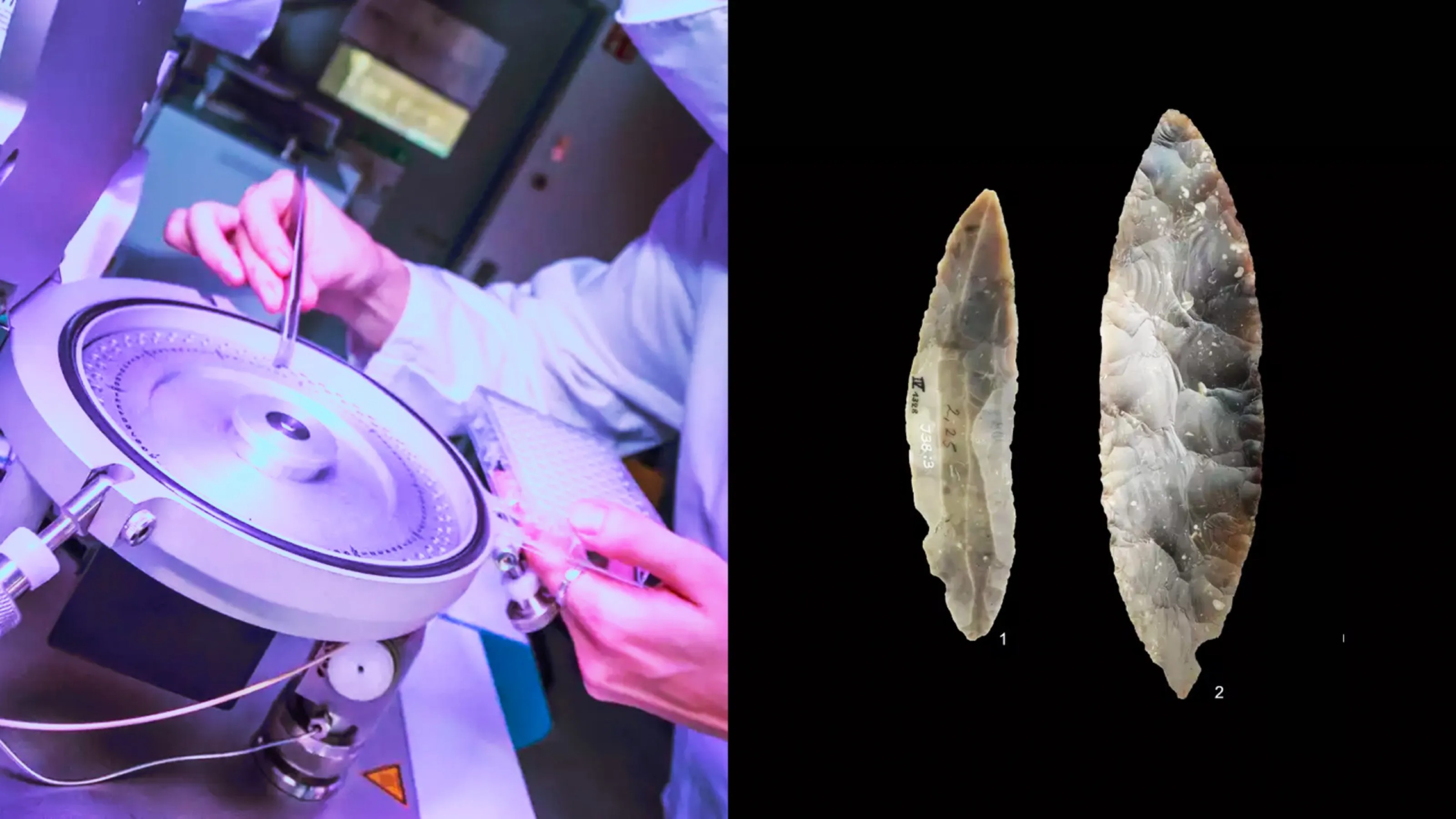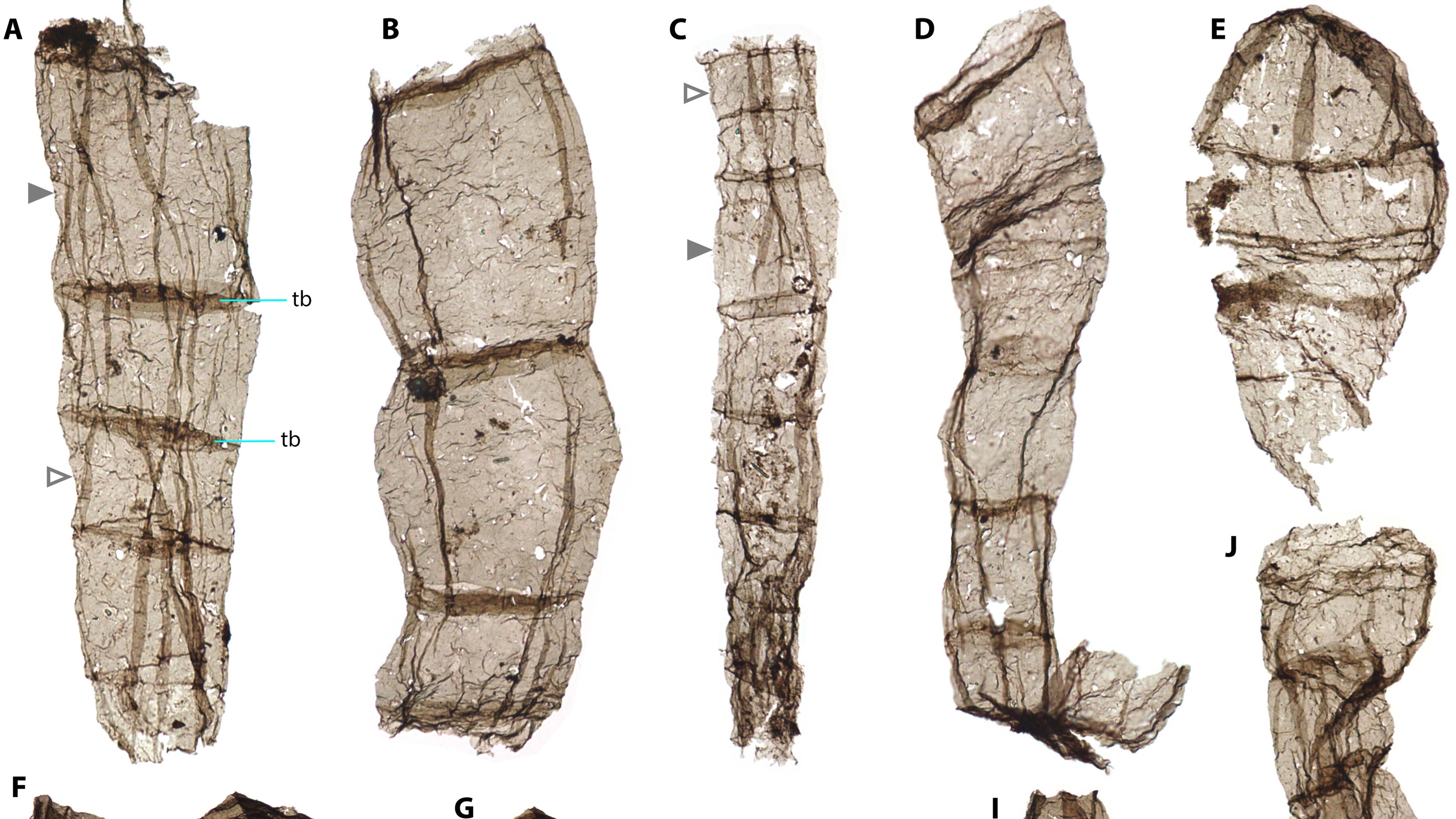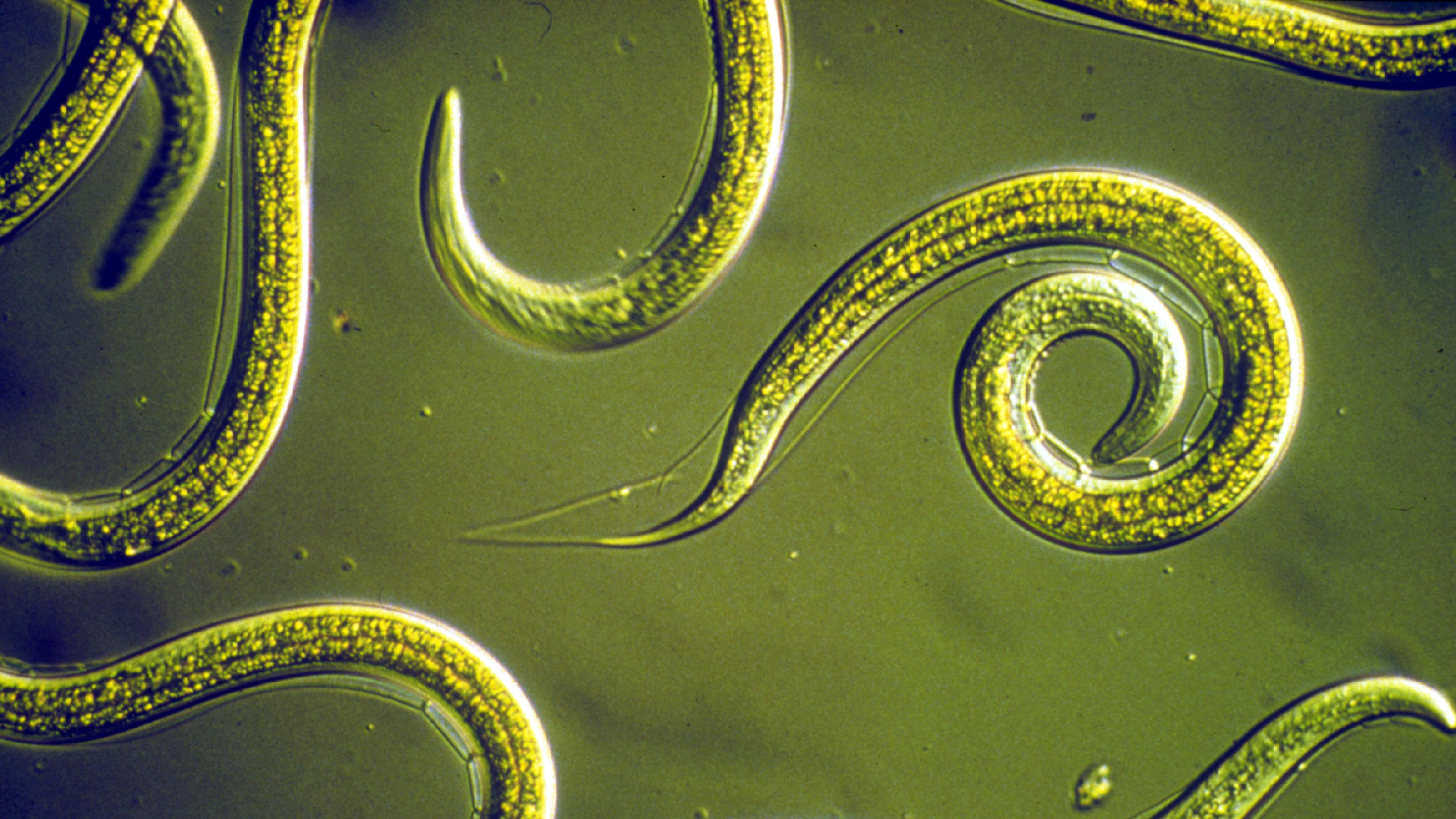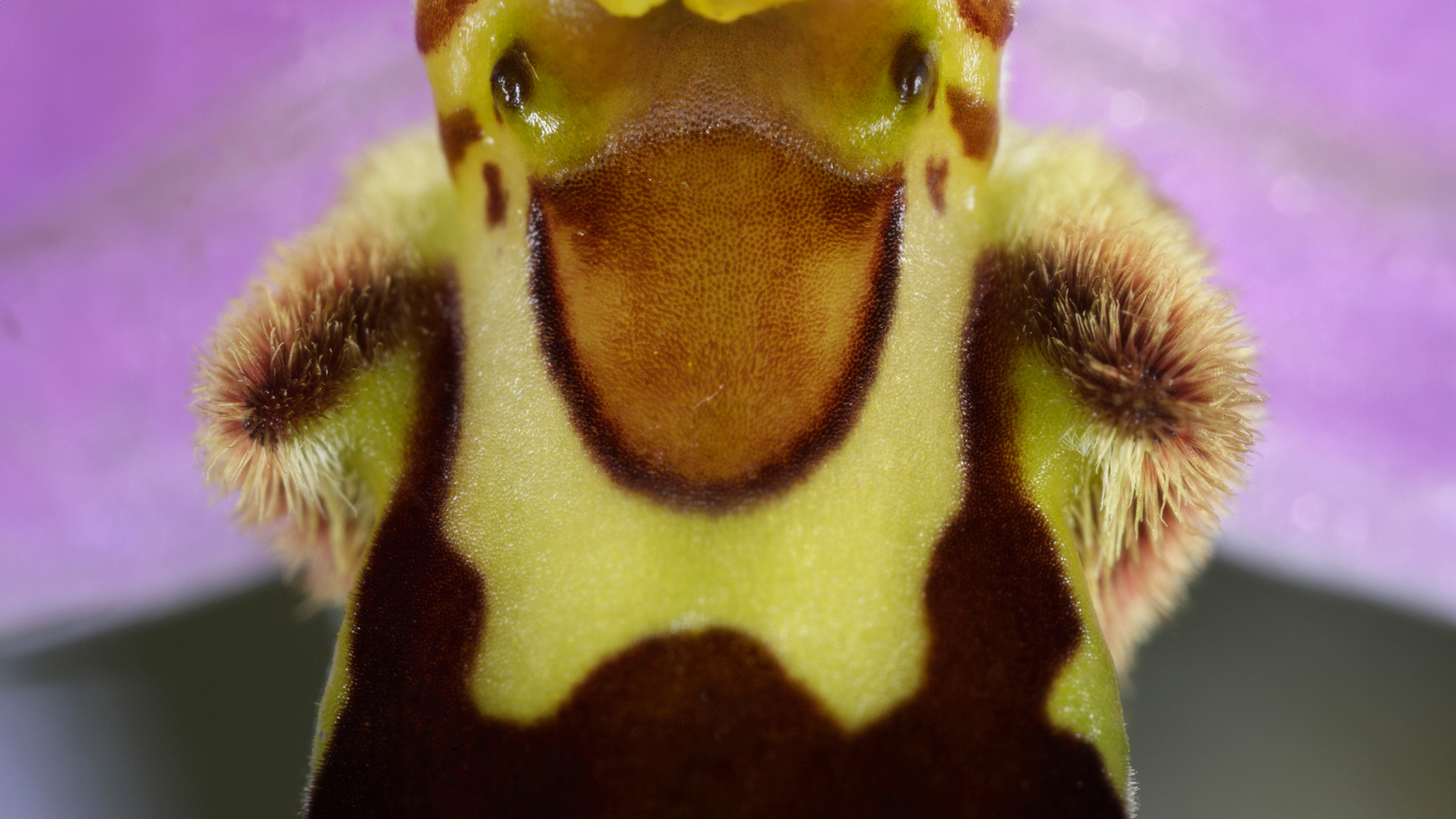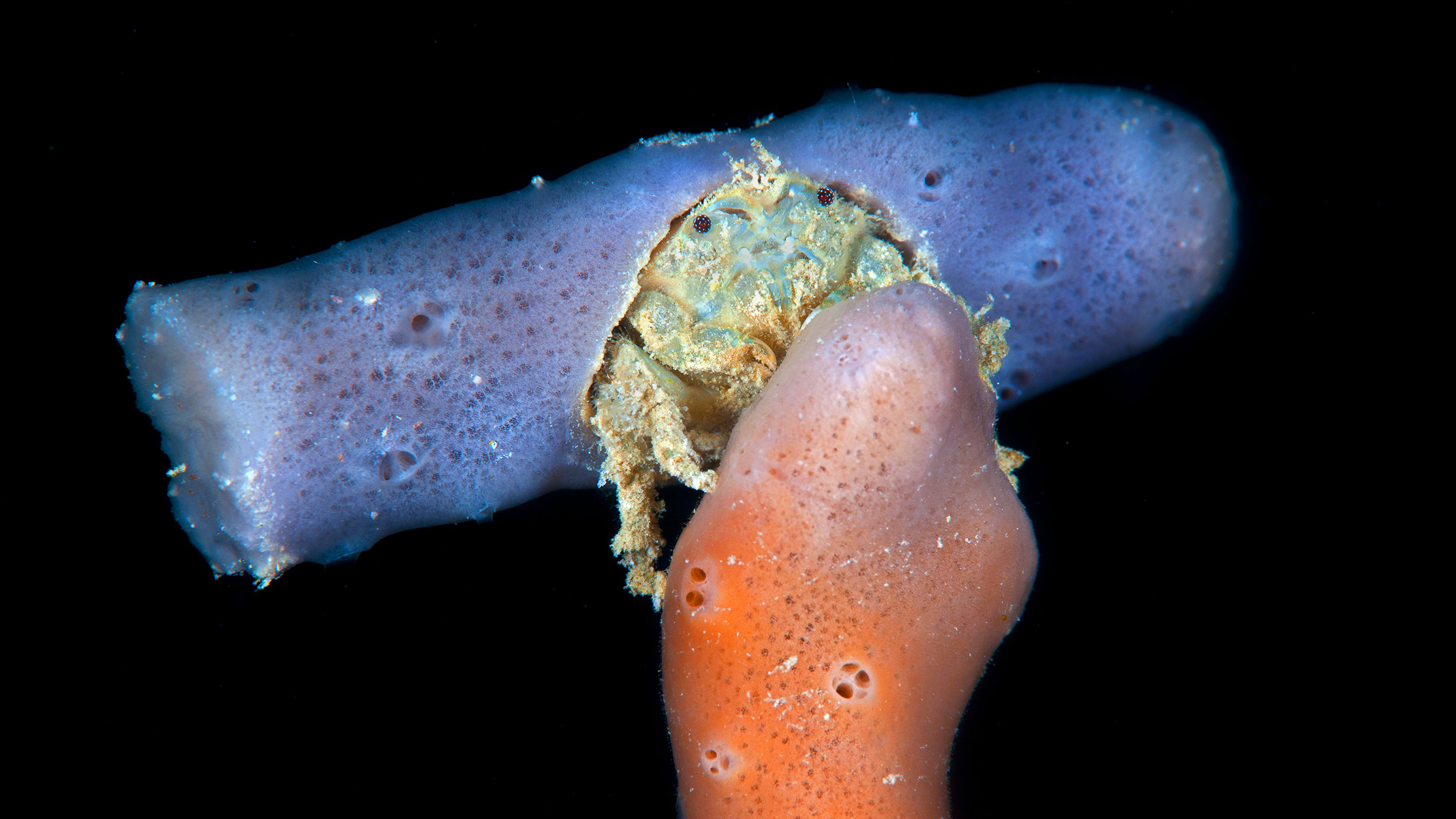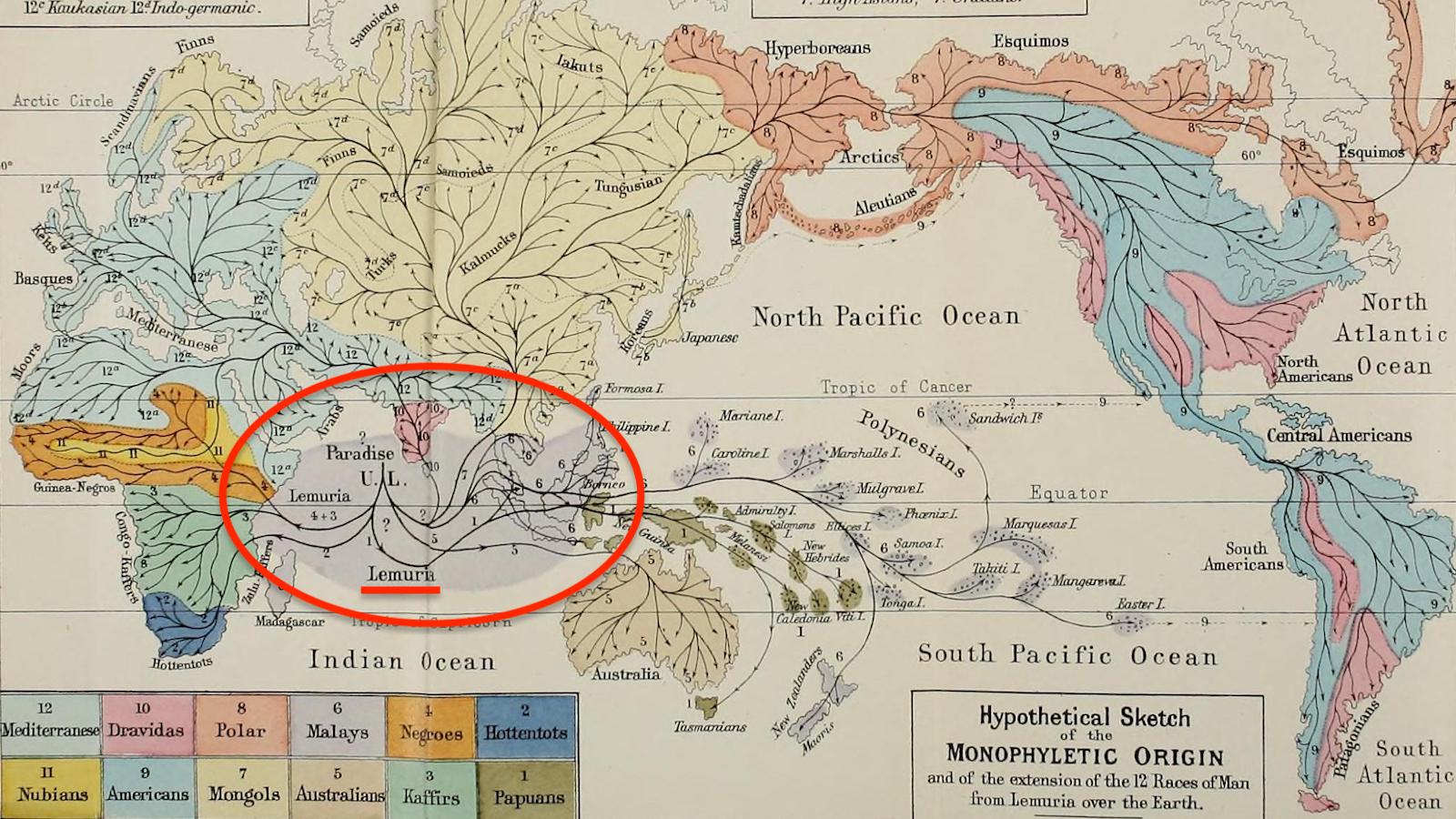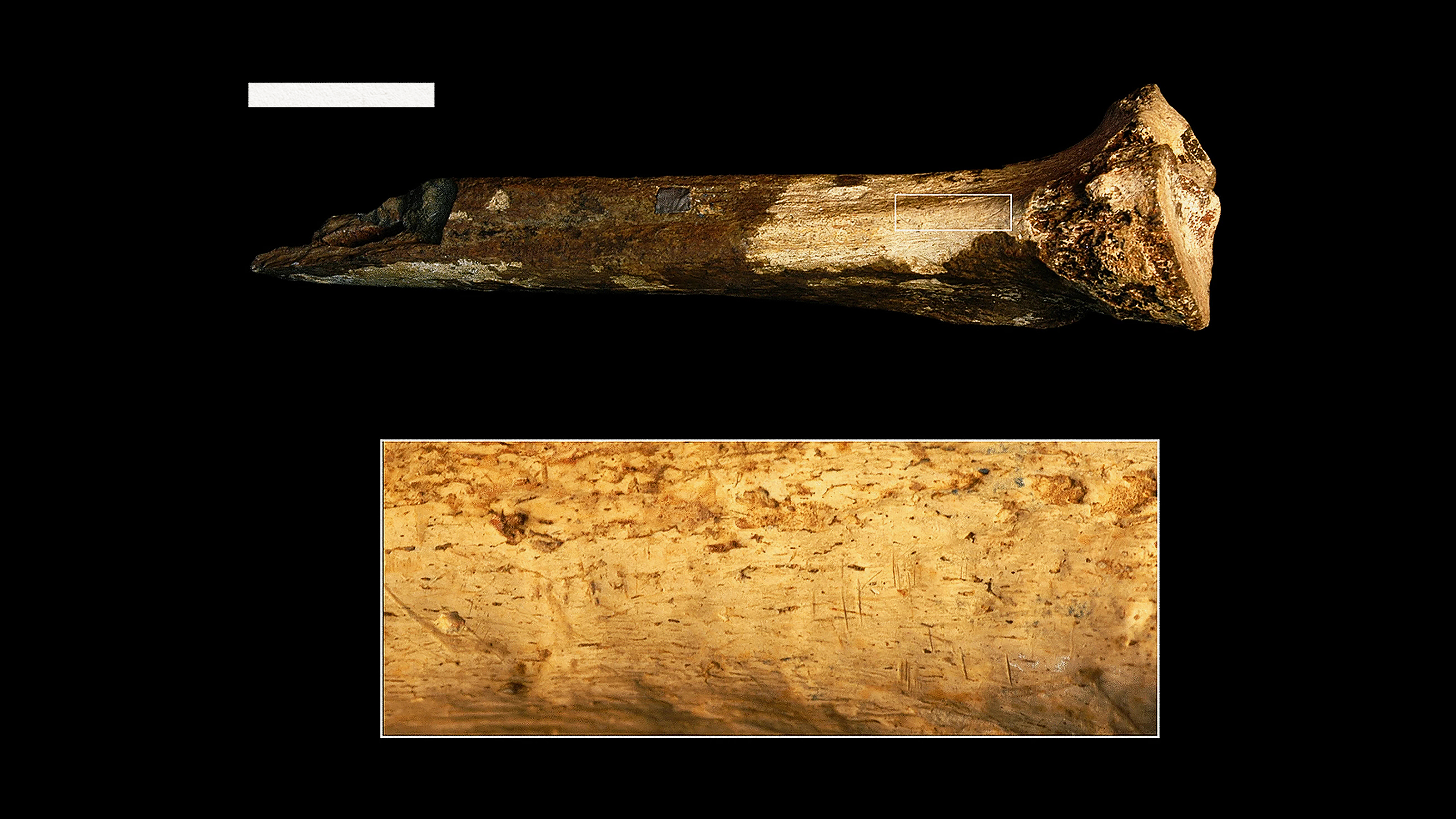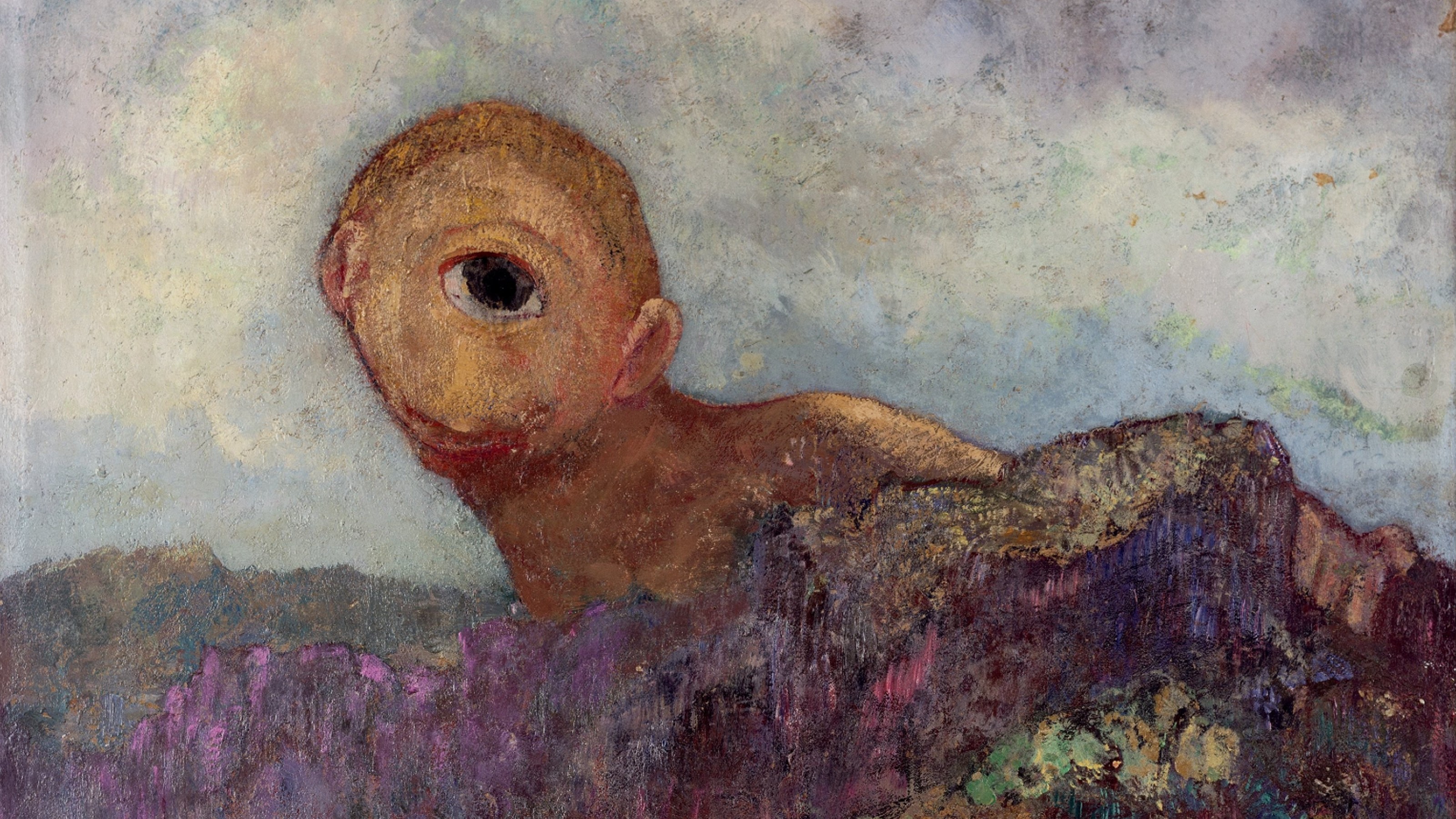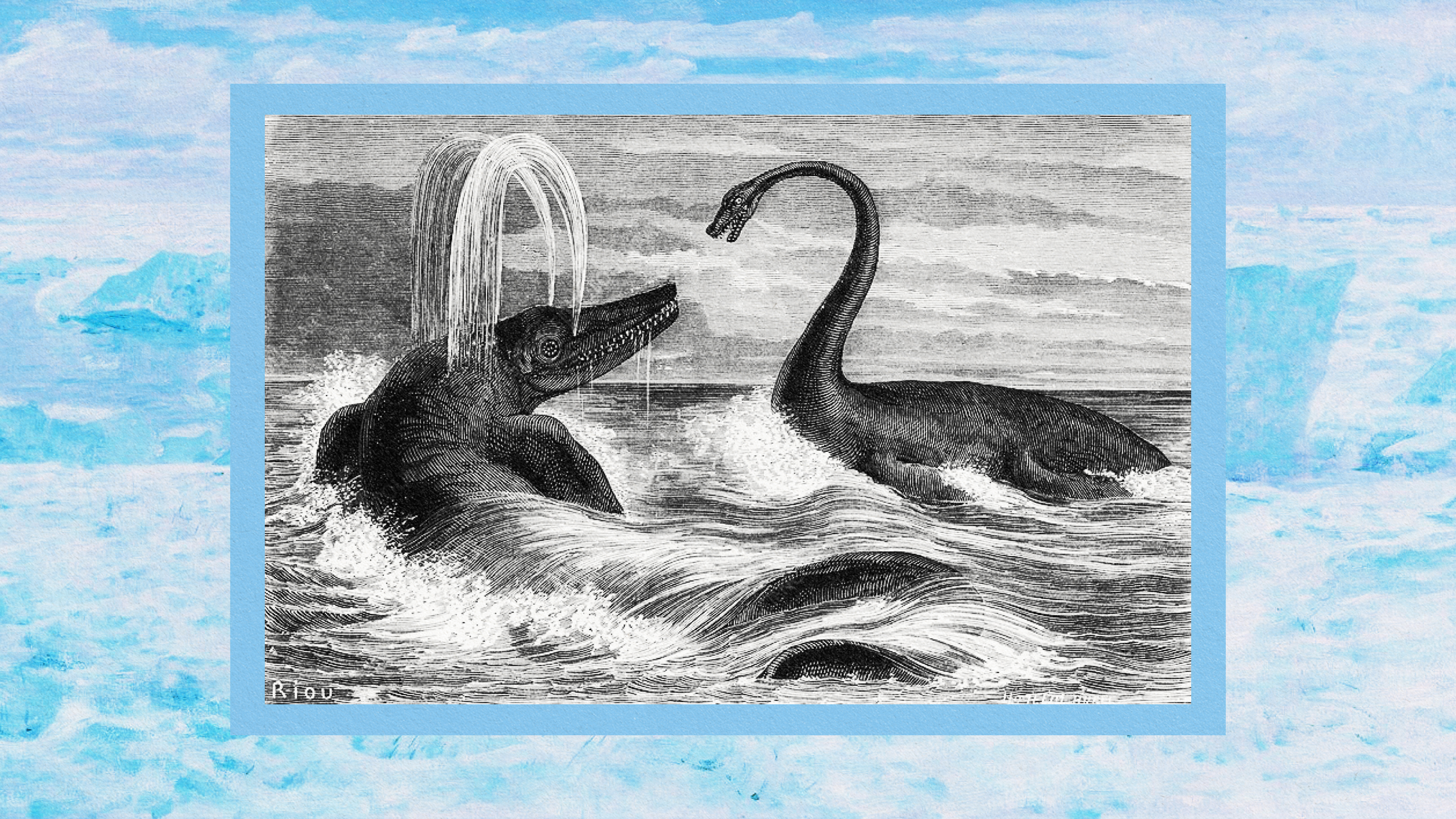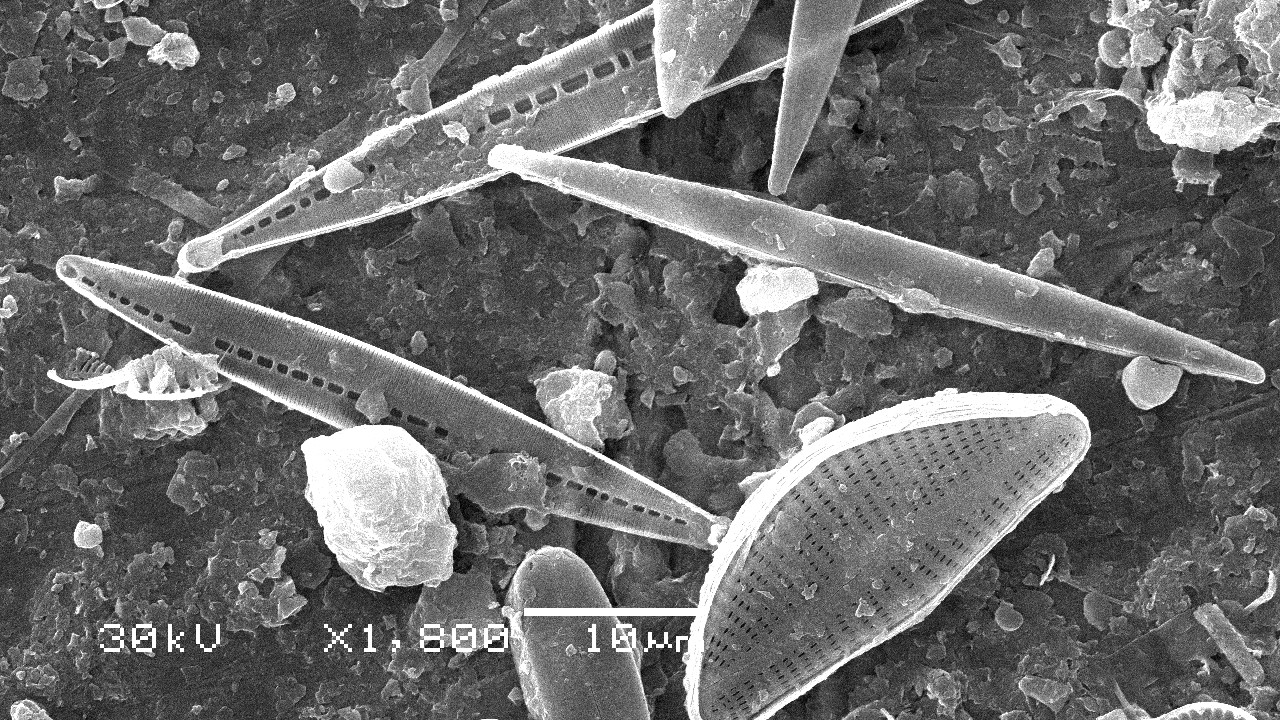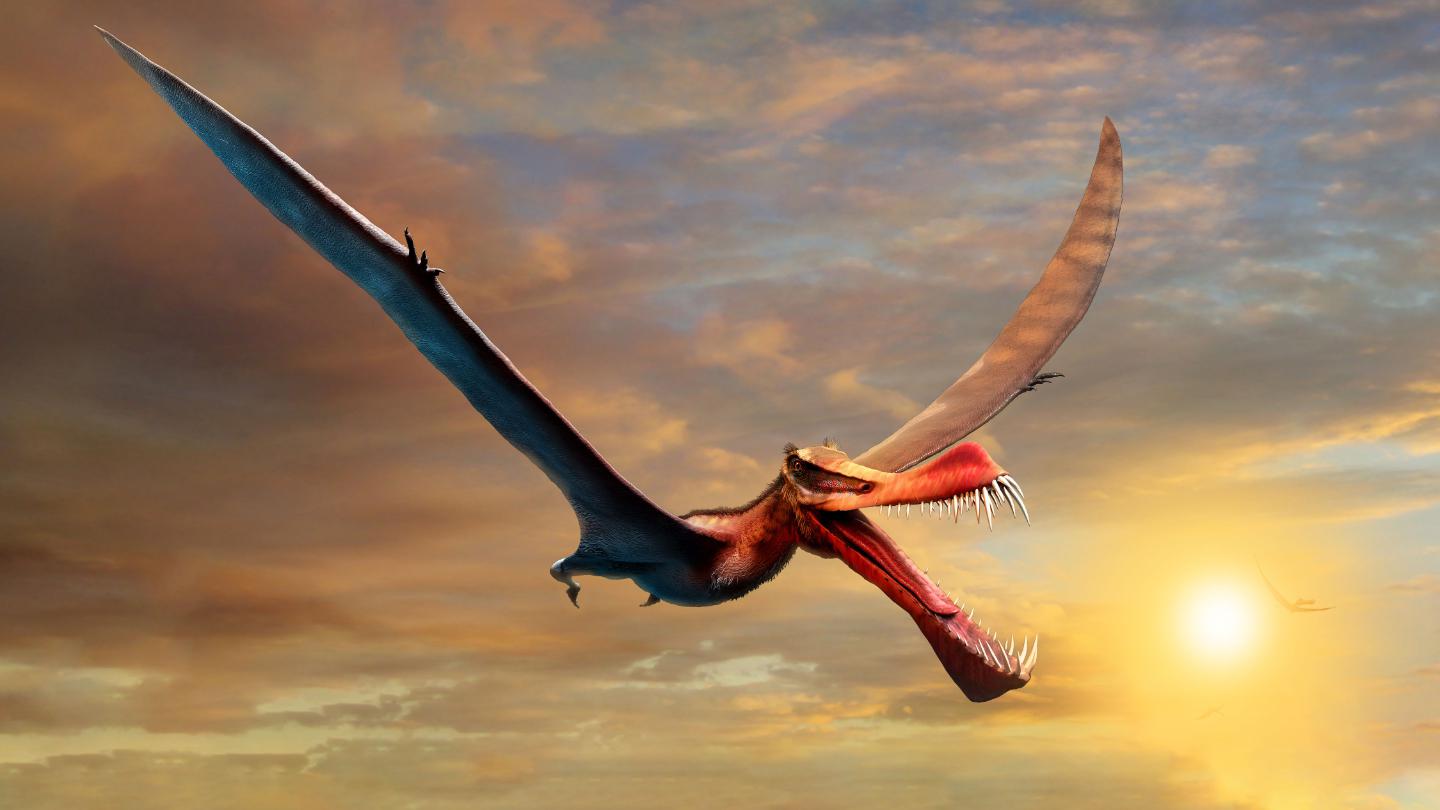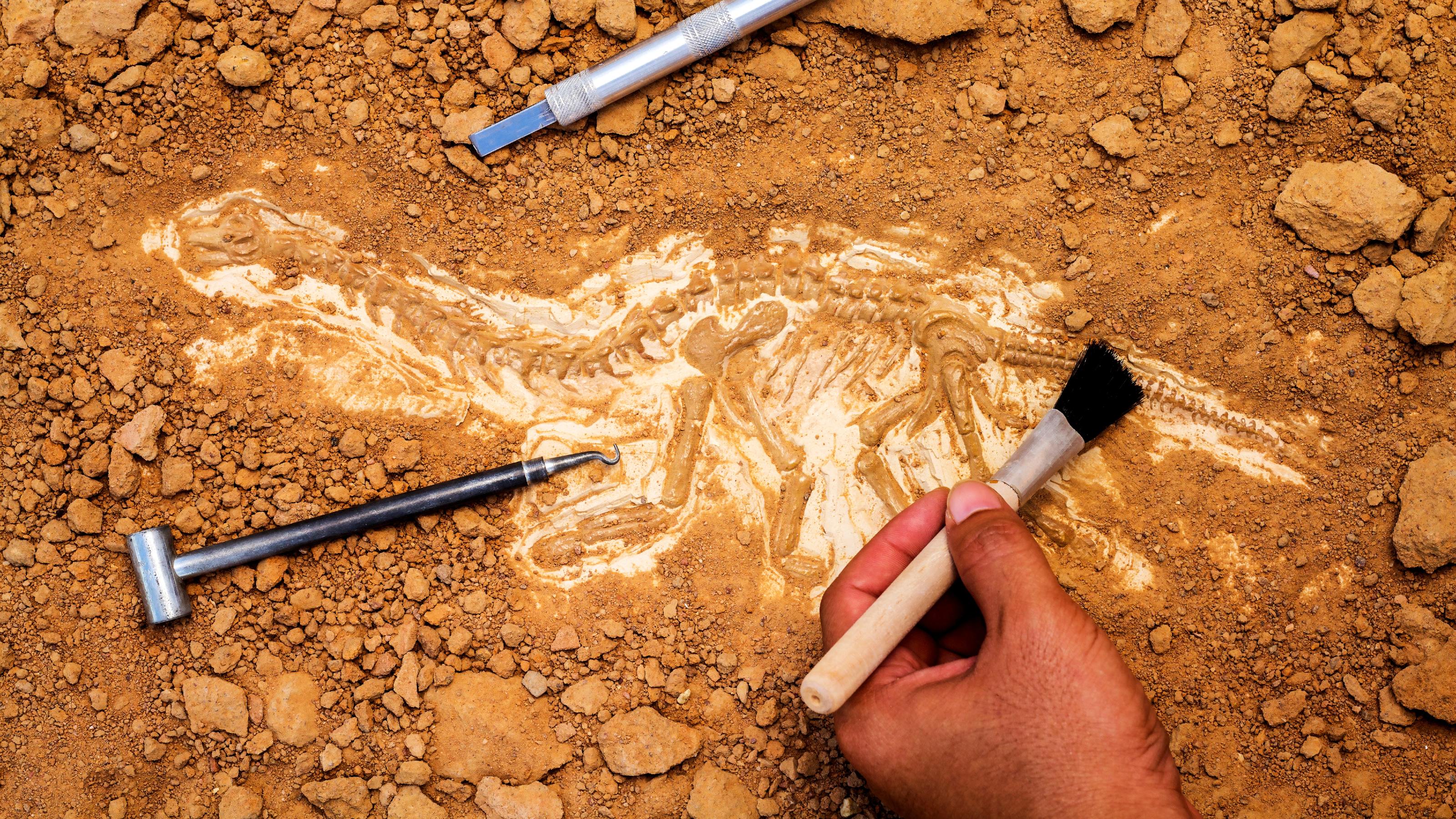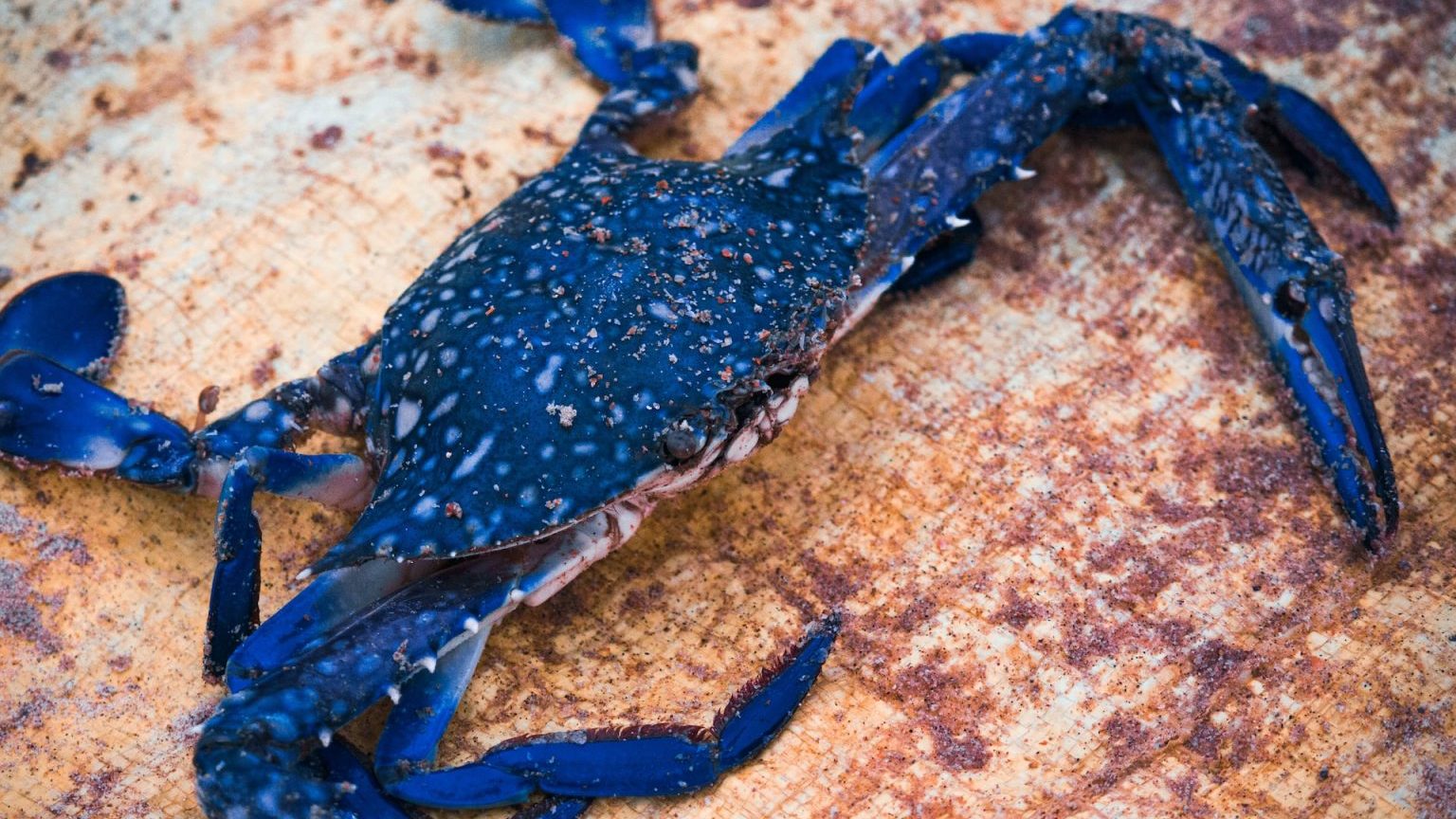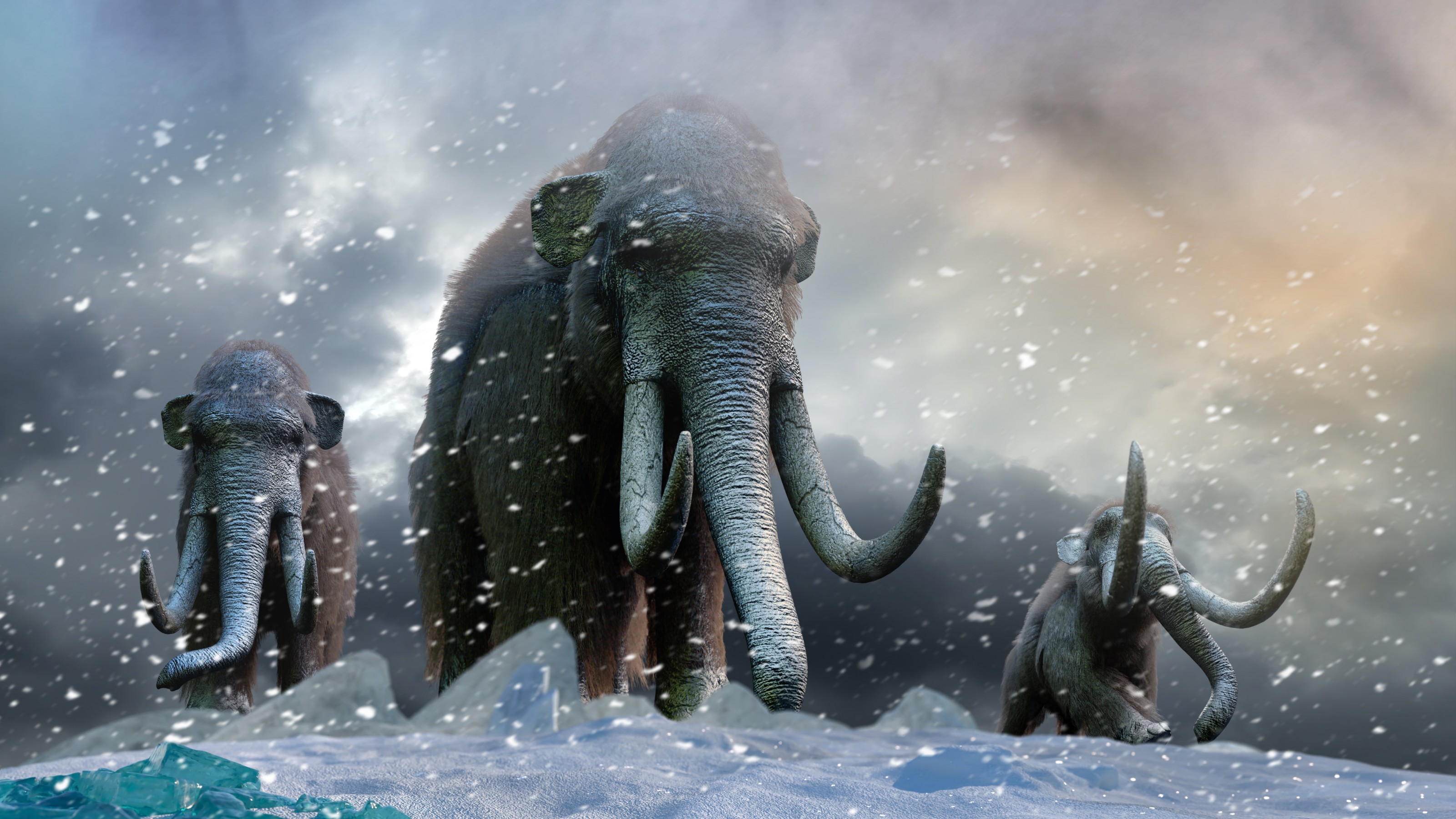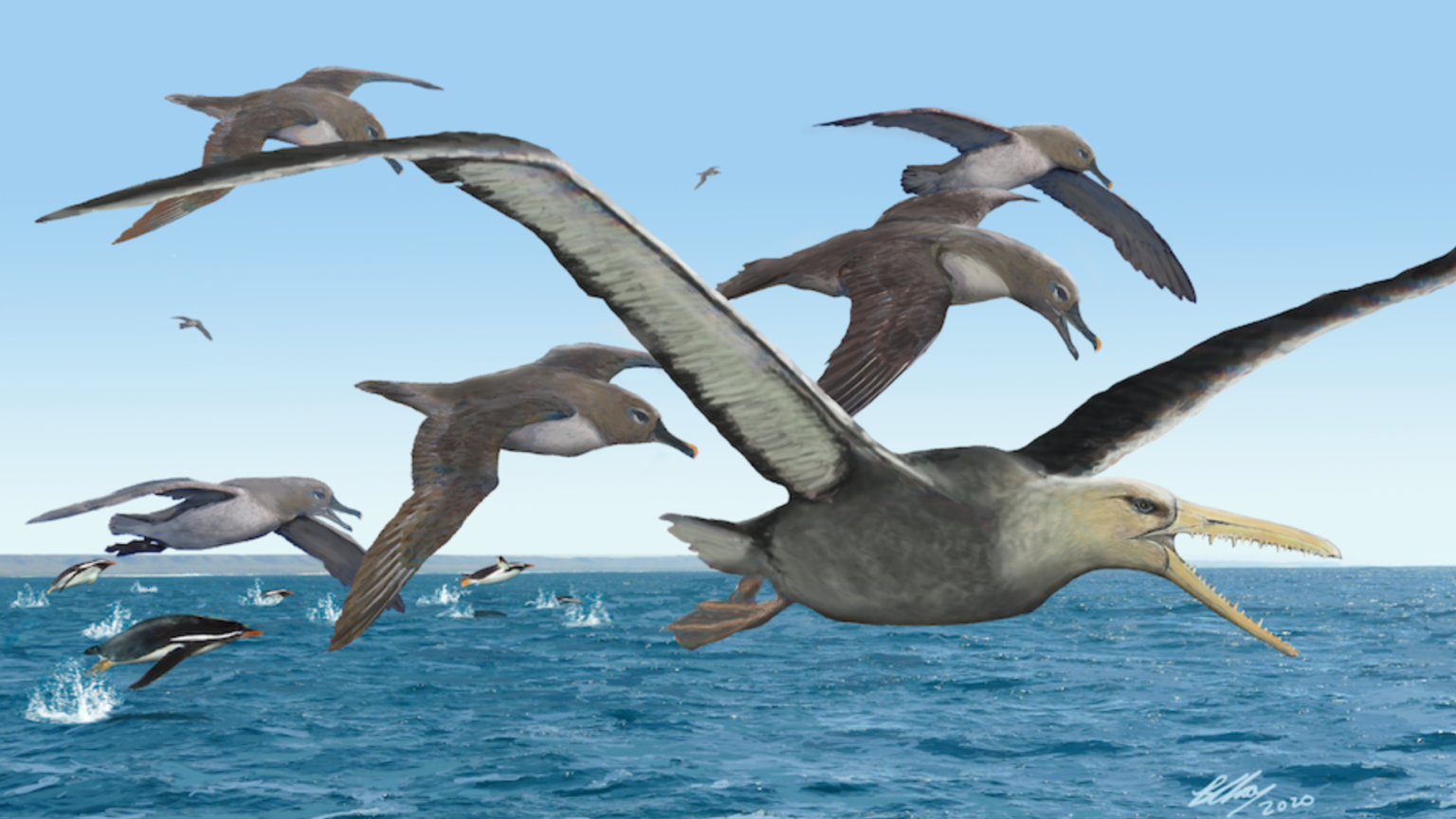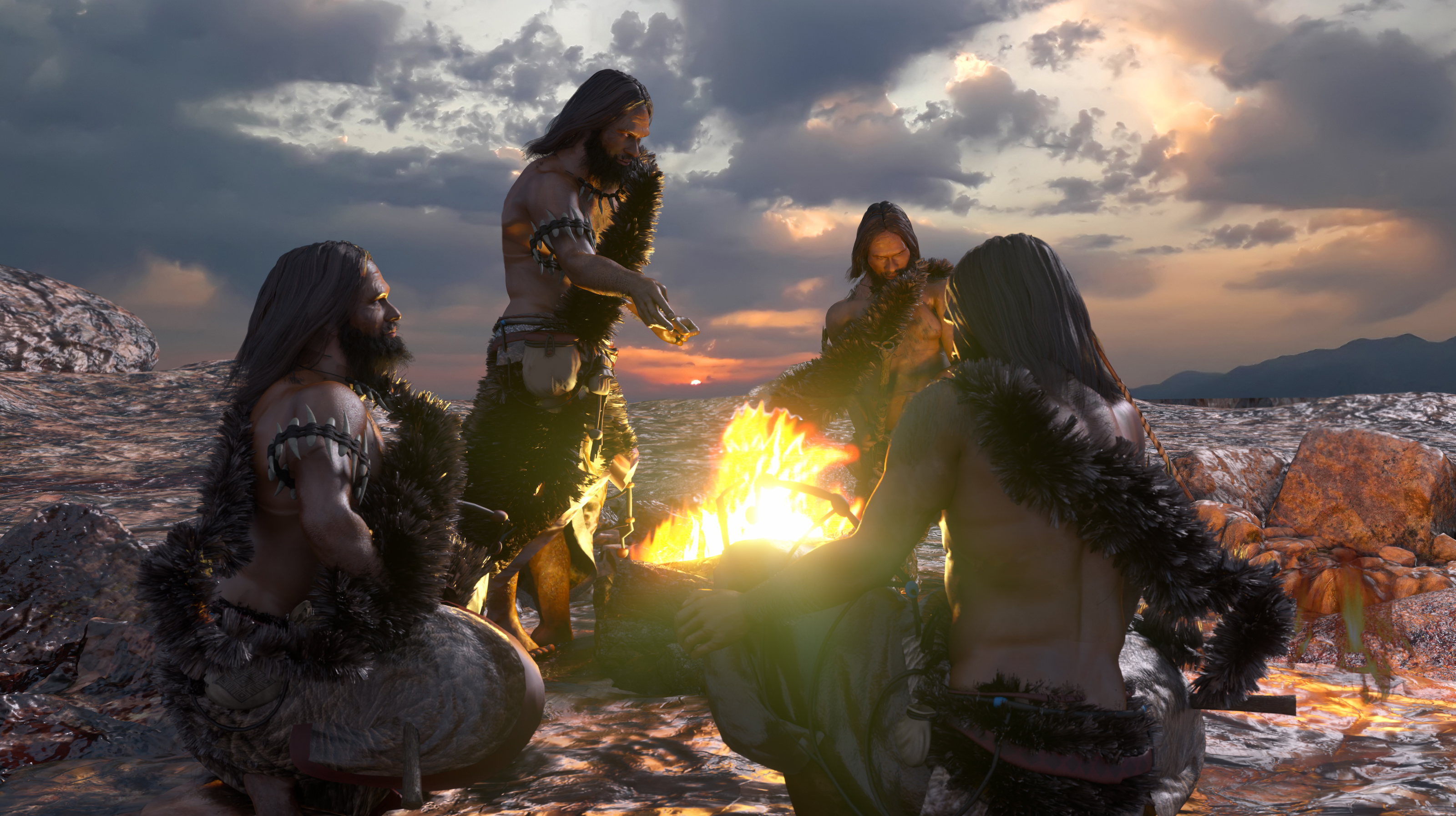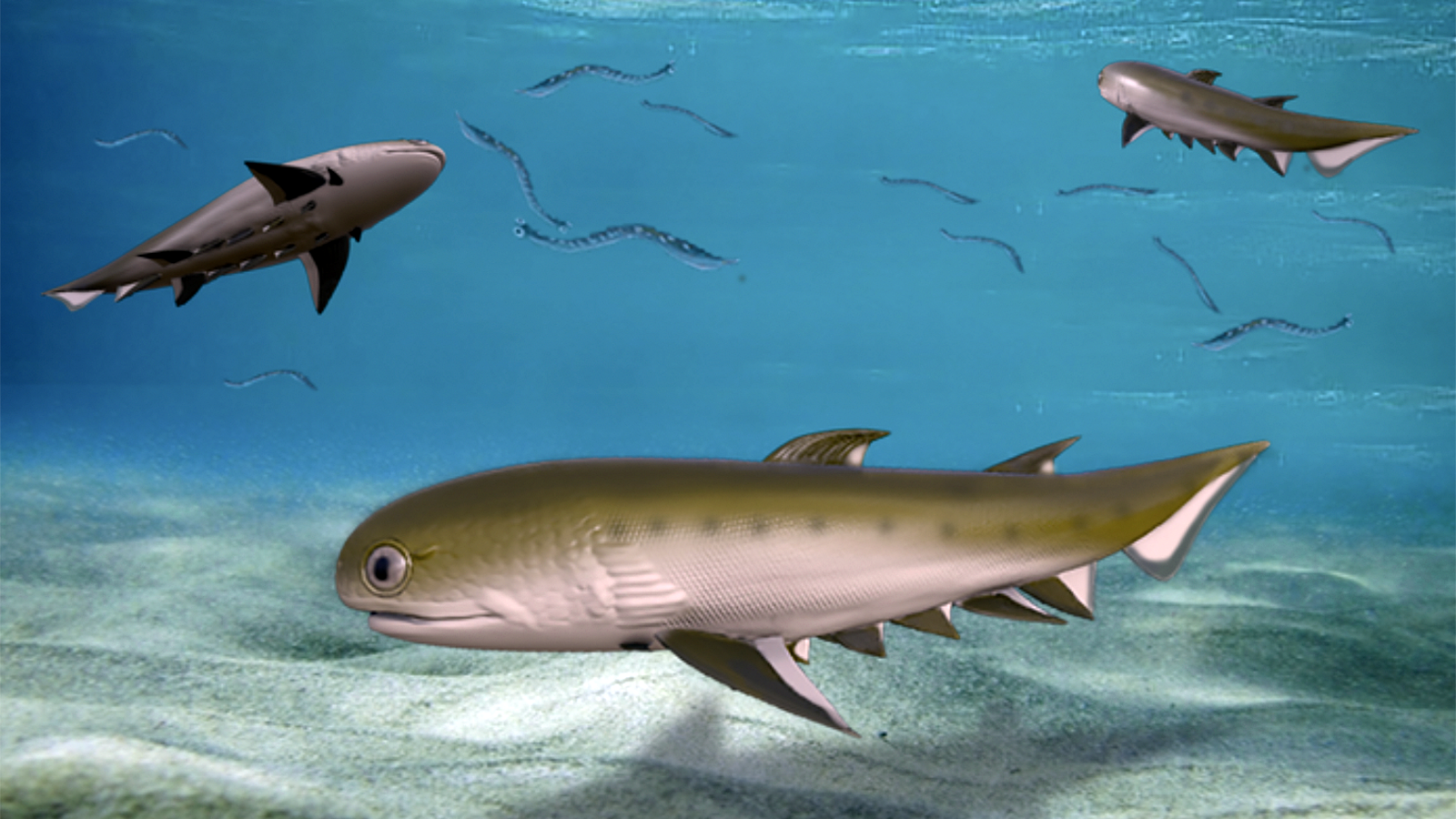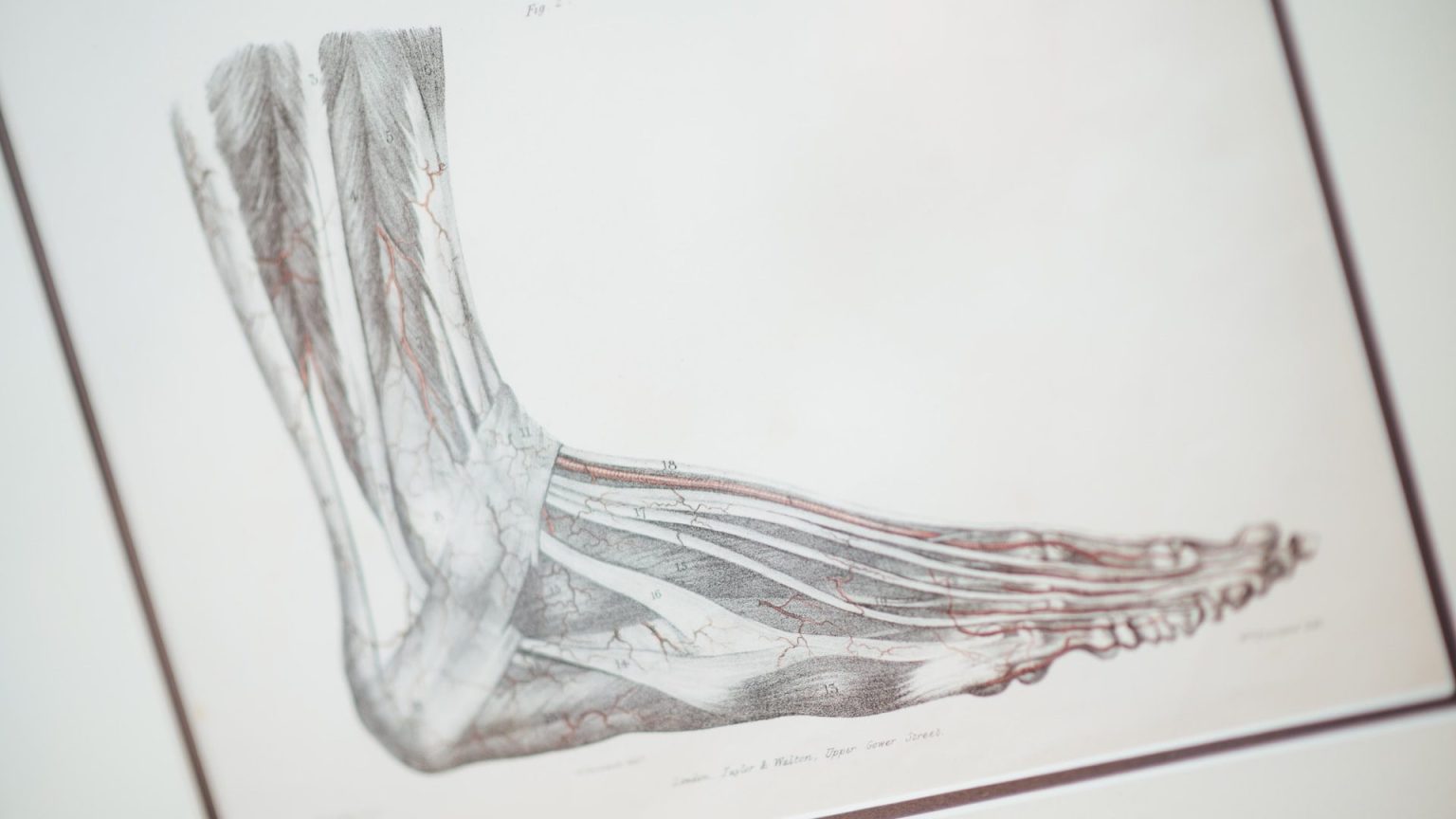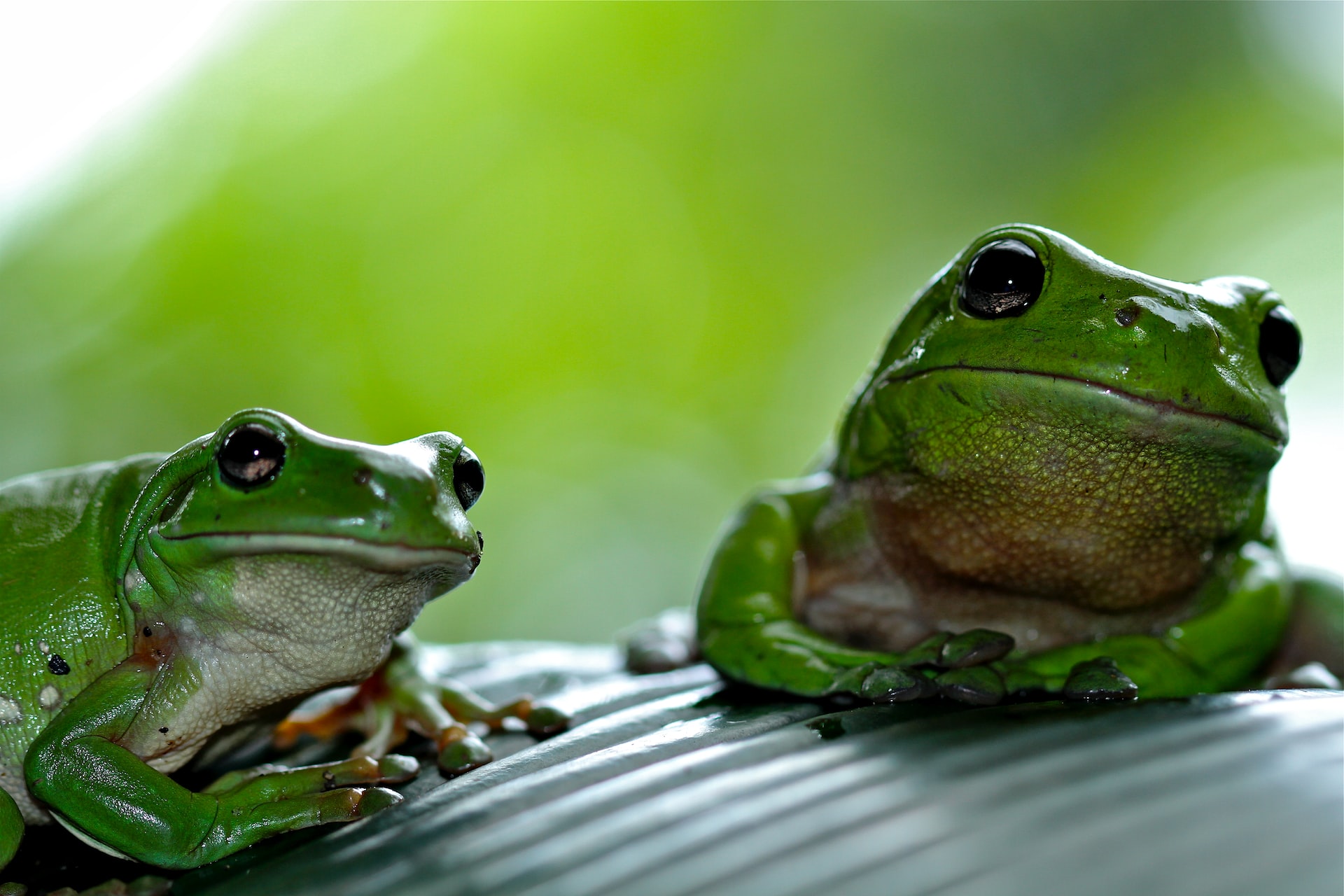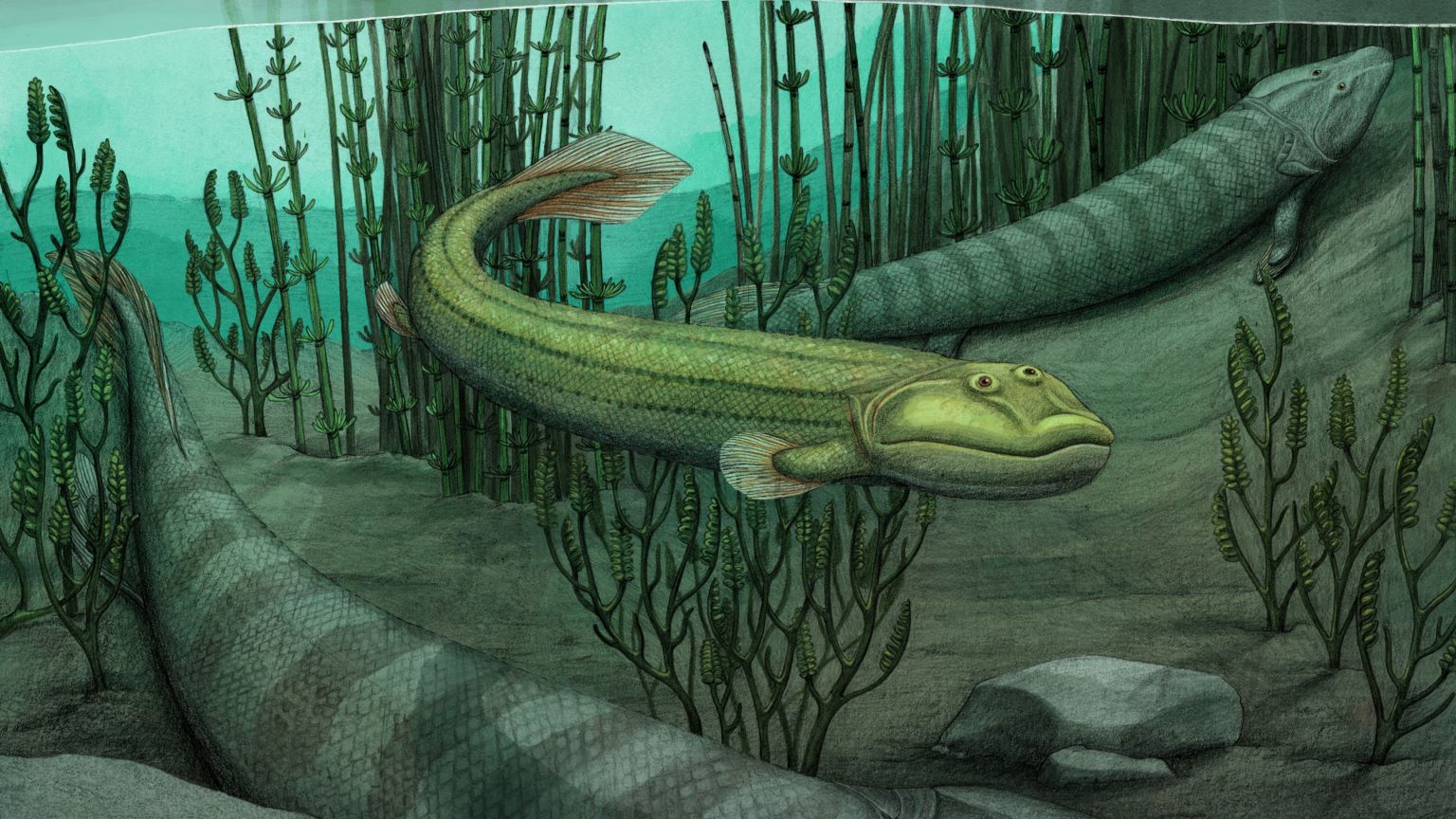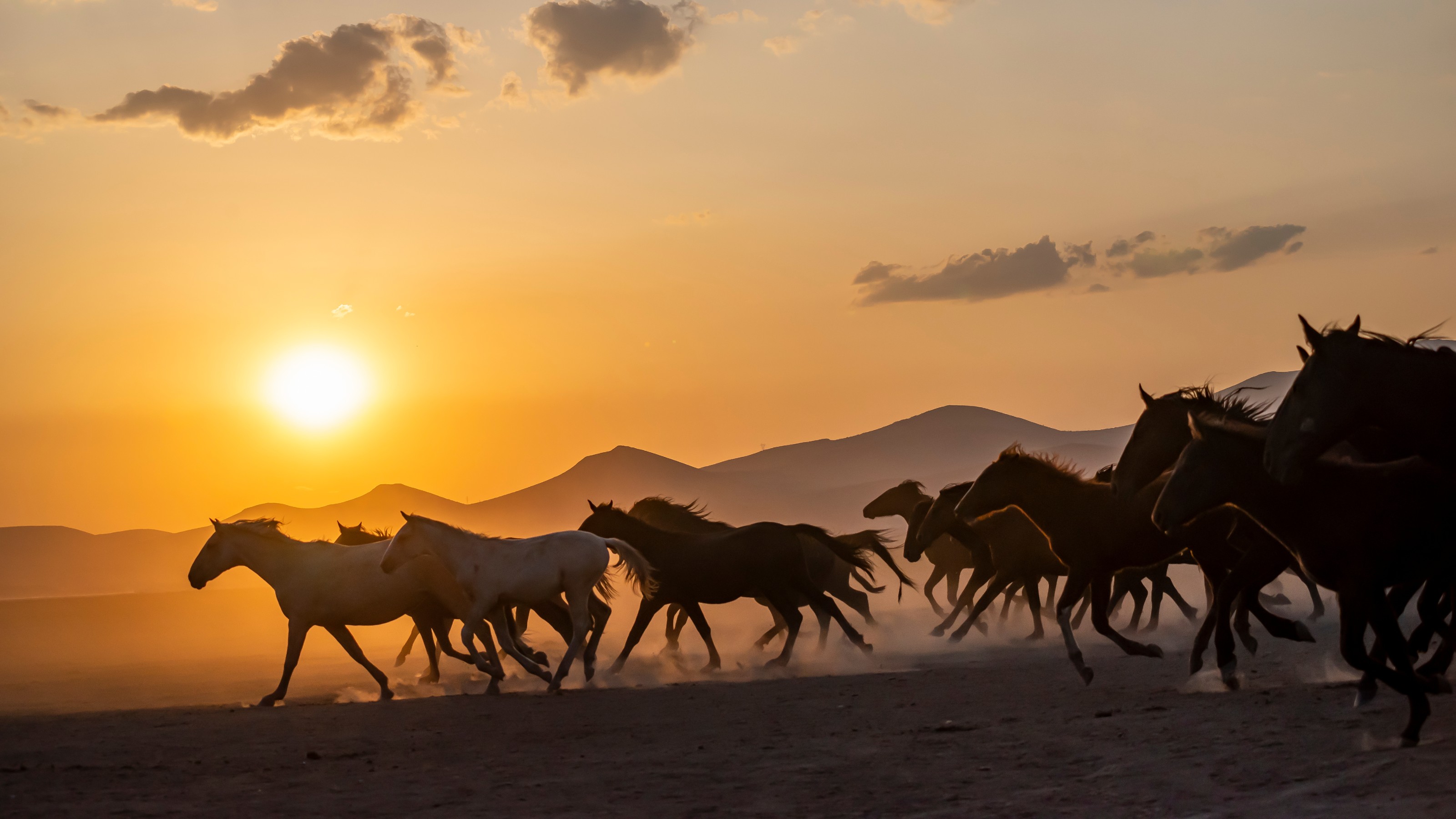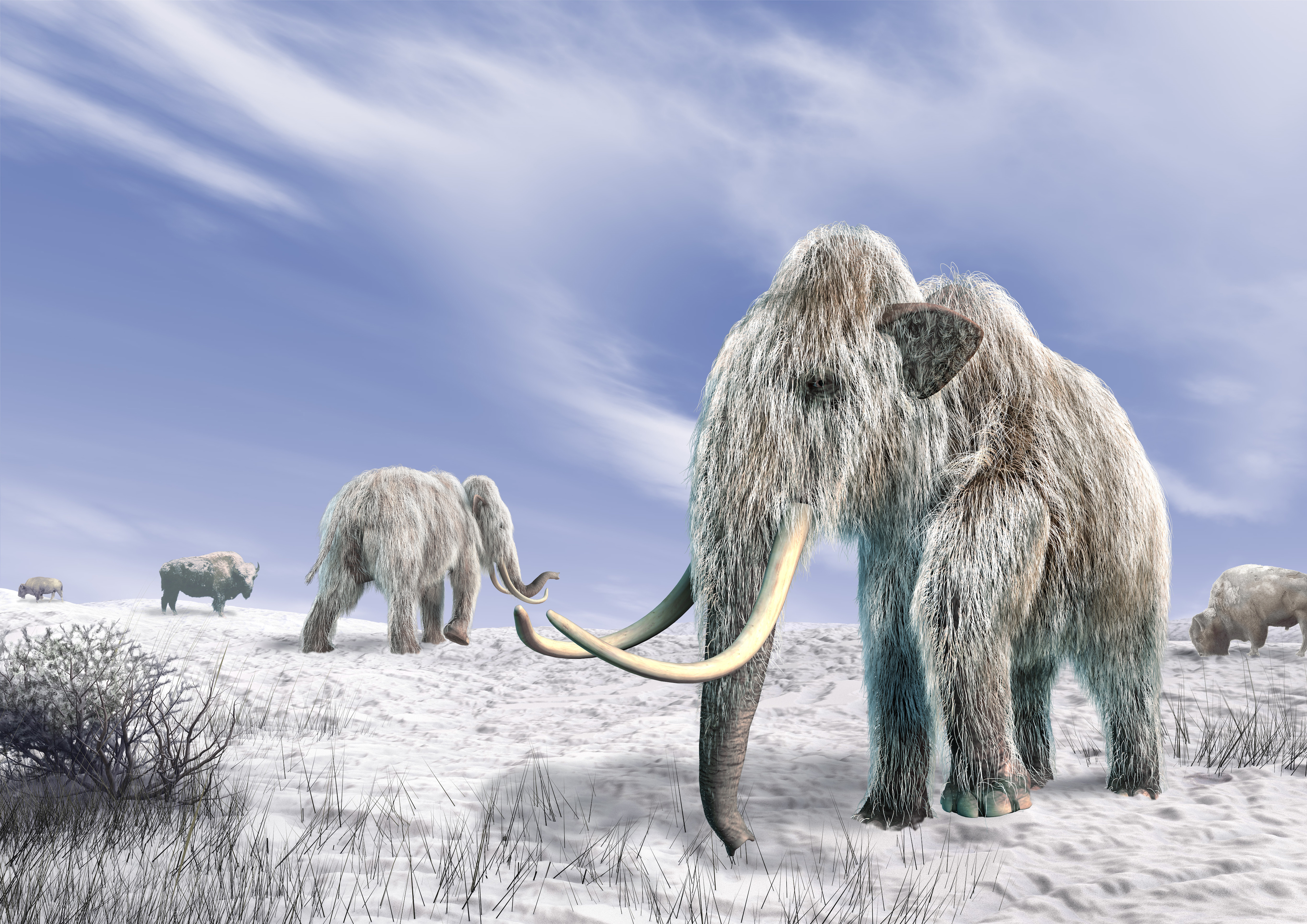fossils
The study suggests that human ancestors expanded across Europe faster than previously thought.
The discovery suggests that the “Boring Billion” period of evolution on Earth wasn’t so boring after all.
These nematodes complicate how we understand evolutionary lineages.
Carnivorous plants fascinate as much now as when their gruesome diet was first discovered.
To this day, one cult believes that Lemuria was real, and that its people left us the sacred wisdom to revive their advanced civilization.
A 1.5-million-year-old hominin bone shows signs that the victim was eaten by lions — and humans.
Fossil Cycad National Monument held America’s richest deposit of petrified cycadeoid plants, until it didn’t.
Hybrid animals emerge when two different species from the same family reproduce. For many years, the kunga’s lineage was just another genetic mystery.
People discovered prehistoric fossils long before Charles Darwin published “On the Origin of Species.” The remains of these unknown creatures often puzzled their discoverers.
A marine reptile fossil from Svalbard challenges ideas about evolution and Earth’s greatest mass extinction.
Embark on a journey through one of the most profound ecological transitions in the history of complex life.
Each year, several trillion pounds of microscopic silicon-based skeletons fall down the water column to pile up into siliceous ooze.
Meet your new flying nightmare: Thapunngaka shawi.
Evolution repeatedly hit upon this solution simply because it works.
2022 was another busy year in the realm of science, with groundbreaking stories spanning space, materials, medicine, and technology.
De-extinction, if it is ever possible, will not be simple.
The spikes in their mouths would have helped them catch squid or fish.
Cooperation was the first technology.
Tracing the origin and development of jaws — and other anatomical features that humans share — sheds some light on how we came to be.
There were many other species of human on the planet. Svante Pääbo discovered one of them.
Was our distant ancestor a biped or not – i.e., human or not human?
Sex can be a death trap even for modern toad and frog species.
The 557-million-year-old specimen challenges the theory that animal body plans were laid out in the Cambrian explosion.
Human beings are descendants of these early tetrapods – at least those who made a new life on land.
Horses pranced around the western hemisphere until they went extinct in the late Holocene. They were reintroduced by European colonists — though where, when, and how has remained unclear.
Mammals have a history stretching back 325 million years. To study that ancient history is to know our own origins.
